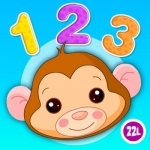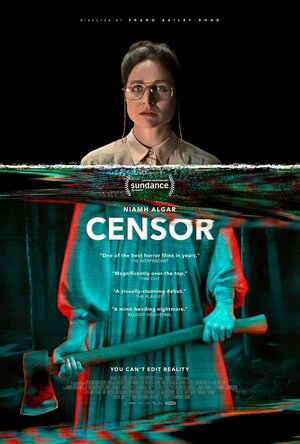
Futaba Classroom Games for Kids
Education and Games
App
Turn your iPad into a small Smart table with for up to four players at once. * Featured on...

Build With Grandpa
Education and Games
App
Demolish an old building with a wrecking ball, clear the lot with a bulldozer - then design, build,...

Green Screen by Do Ink
Education and Photo & Video
App
The #1 Green Screen app for the iPad in Education, now available for the iPhone too! Green Screen by...

Space by Tinybop
Education and Reference
App
Boldly go where no kid has gone before in 3, 2, 1…. Liftoff! Travel into space to visit 8...

24/7 Coach Football
Sports and Education
App
24/7 Coach Football: The Professional Coaching App. Now being used across Europe,...

Thinkrolls
Education and Games
App
Set your child's mind in motion! Thinkrolls are the 26 smart characters in this award-winning app...

Sweet Home Stories (Full)
Education and Games
App
Wake up and get ready! There are lots of things to do in Sweet Home Stories! A fun and safe...

Baby games for 2 -4 year olds·
Education and Games
App
***** Parents‘ Choice Awards’ winner ***** Developed by an award-winning education studios,...

Montessori Crosswords - Fun Phonics Game for Kids
Education and Games
App
Based on the proven Montessori learning method, Montessori Crosswords helps kids develop their...
Bob Mann (459 KP) rated Censor (2021) in Movies
Sep 3, 2021
- I often whinge on about there being no novelty in movies anymore, with everything being derivative of everything else. Well here's a case for the defence. There have been movies before about the mental effect of working in the horror movie business (Toby Jones in "Berberian Sound Studio" comes to mind). But none (as far as I'm aware) from the viewpoint of a film censor. This novelty gave the movie the scope to go in a number of different directions - including as a historical drama. But it focuses on a study of how loss and grief can suddenly emerge in dramatic ways even after many years. Director Prano Bailey-Bond co-wrote this and directs it with such verve that she is very much added to my "one to watch" list for writer-directors.
- Irish actress Niamh Algar is just brilliant here, reminiscent of Morfydd Clark's fantastic performance in "Saint Maud" (not the only parallel to be drawn in this review). The acting during the dramatic conclusion is utterly chilling.
- While the ending of the movie might be polarising, I loved it. No spoilers, but it's one of my favourite endings of any movie so far this year. It reminded me strongly of the ending of "Saint Maud".
- The editing is by Mark Towns (who also did "Saint Maud"). And it's bloody marvellous, particularly during that finale! While it doesn't shy away from showing some pretty horrible stuff, Towns shows much of this subliminally in the edit (shades of the "Psycho" shower scene). This probably helped with its certification (of which more later).
- The music by Emilie Levienaise-Farrouch is quirky and fitting for the movie. I loved the jaunty end-title music.
- Has one of the best impalings since Timothy Dalton fell on that model church spire in "Hot Fuzz"!
Negatives:
- While Algar is utterly fabulous, I was less convinced by the acting of some of her fellow censors in the office. Some of this felt a bit wooden to me.
Summary Thoughts on "Censor": The workings of the UK film censors have always fascinated me, and here's a novel insight into their work during a very difficult period in their history: the National Viewers and Listener's Association, headed by the fearsome Mary Whitehouse, was up in arms at the potential damage to people's (and particularly children's) mental wellbeing from the influx of "video nasties" arriving in homes on VHS tapes. The film needs to be applauded for coming up with such a novel storyline.
What I found surprising (and ironic) is that this got away with only a "15" certificate. Editor Mark Towns suggested to me, in a private communication on Twitter, that the BBFC rated it thus due to the "context" in which the violence was set. But I remember the first 'X' film I saw. It was Brian De Palma's "The Fury", which (from memory) was purely rated as such for the final scene in which John Cassavetes's character explodes in a gory fountain. Judging from "Censor"'s "15" certificate, things have become significantly more permissive in recent years!
(For the full graphical review check out onemannsmovies on the web, facebook and (for the video review) Tiktok. Thanks)
